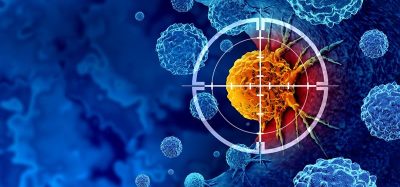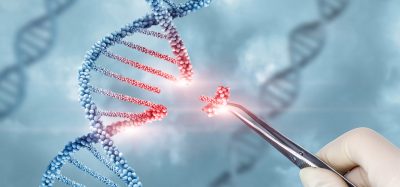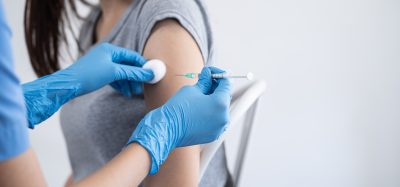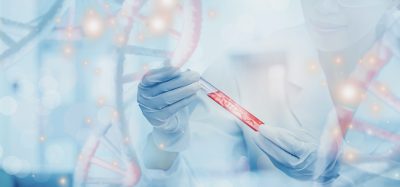New antibiotic class found effective against gonorrhoea
Posted: 7 August 2017 | Dr Zara Kassam (Drug Target Review) | No comments yet
Researchers have tested samples of N. gonorrhoeae from patients with infections in the throat, urethra, cervix and rectum, they found that at very low amounts closthioamide was effective…
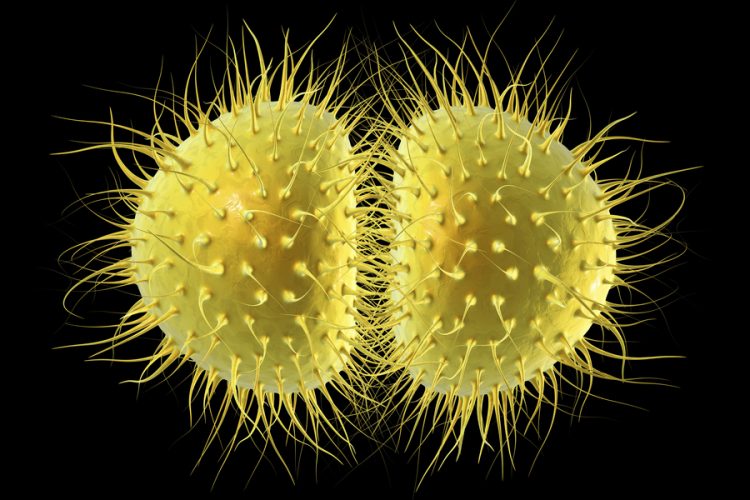

Researchers have tested 149 samples of N. gonorrhoeae from hospital patients with infections in the throat, urethra, cervix and rectum, they found that at very low amounts (0.125mg/L), closthioamide was effective against 146 of 149 samples taken from patients, and against all of the samples provided by World Health Organisation (WHO) which were known to be resistant to other antibiotics.
Although still yet to be tested on animals and humans, the researchers from Imperial College London and the London School of Hygiene & Tropical Medicine say the antibiotic could be an exciting new step in the fight against the disease.
Dr John Heap, lead author from Imperial’s Department of Life Sciences, said: “The imminent threat of untreatable antibiotic-resistant infectious diseases, including gonorrhoea, is a global problem, for which we urgently need new antibiotics. This new finding might help us take the lead in the arms race against antimicrobial resistance.”
Ms Victoria Miari, lead author from the London School of Hygiene & Tropical Medicine, said: “Antibiotic resistance, combined with the reduction of drug development, is one of the biggest health issues facing the world today. The problem threatens to render many human and animal infections untreatable, including gonorrhoea. With no effective vaccine available, new antibiotics are urgently needed to tackle this infection which, left untreated, can have very serious consequences.”
Ms Miari added: “The results of our initial laboratory studies show that closthioamide has the potential to combat N. gonorrhoeae. Further research is needed, but its potential to successfully tackle this infection, as well as other bacteria, cannot be underestimated.”
The authors explained that discovering and developing new antibiotics is difficult and time-consuming, hence the slow pace of antibiotic discovery. Dr Heap said: “We believe there are many undiscovered antibiotics out there in nature, but they are difficult to find and test. For example, the bacteria which produce closthioamide naturally make only tiny amounts that are not enough to test or use, so we had to chemically manufacture it ourselves by mimicking its natural structure.”
This is an early stage laboratory-based study, so scientists have yet to determine closthioamide’s effectiveness in animals and humans. Dr Heap explained: “The next step will be to continue lab research to further assess the drug’s safety and effectiveness. Despite showing tremendous promise, it will be a number of years before, and if, we can use the drug in real life human cases.”
WHO has estimated that 700,000 people around the world die annually from drug resistant infections. It also listed drug resistant gonorrhoea. Some strains of N. gonorrhoeae are now currently untreatable due to the lack of alternative treatments. The standard WHO recommended treatment combines the antibiotics ceftriaxone and azithromycin, but without treatment, gonorrhoea infection can lead to pelvic inflammatory disease and infertility in adults, and vision damage in babies when passed from the mother during childbirth.
Related topics
Antibiotics, Drug Discovery
Related conditions
Gonorrhoea
Related organisations
Imperial College London, London School of Hygiene & Tropical Medicine, World Health Organization (WHO)
Related people
Dr John Heap, Victoria Miari



